The History of Ayurveda with Dr. Robert Svoboda
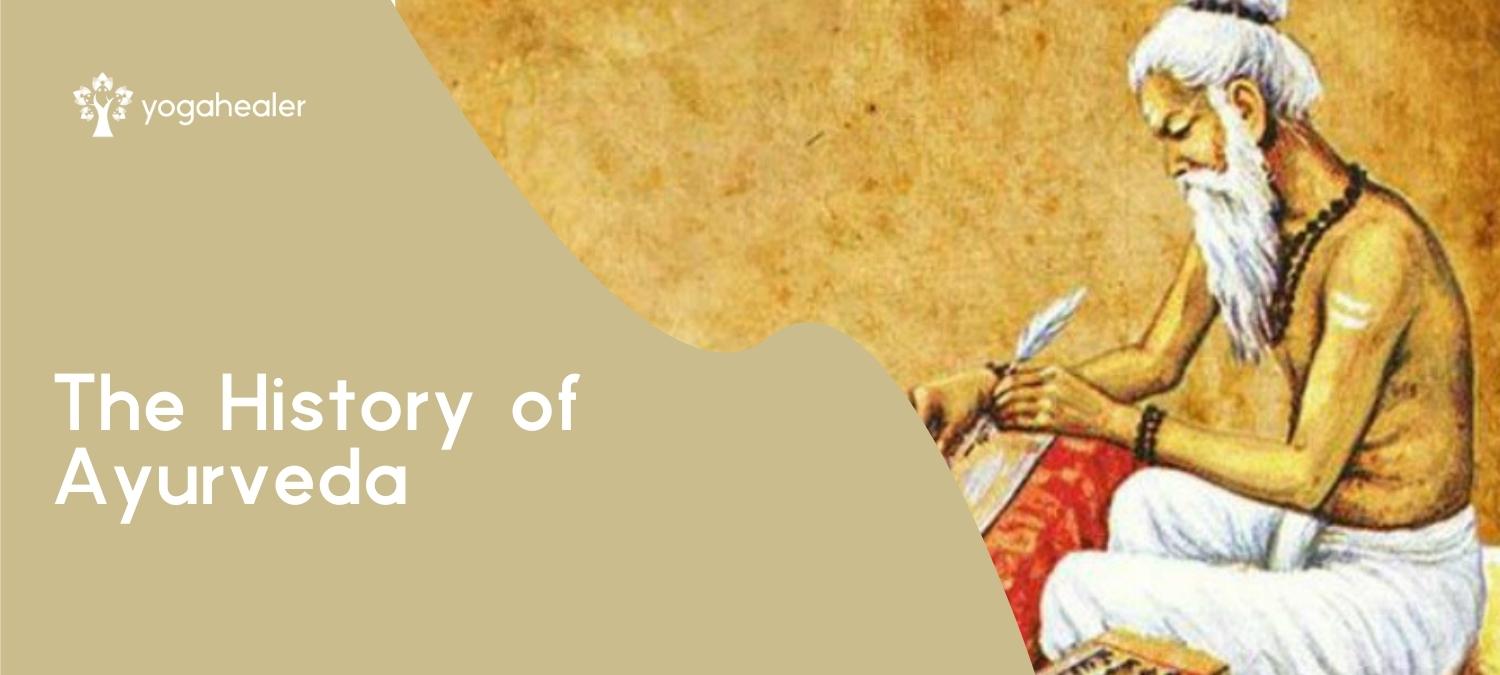
Would you prefer to hear about this topic? Click to listen to The History of Ayurveda on the Yogahealer podcast.
To close this cycle about Ayurveda, I turned to Dr. Robert Svoboda, to learn more about his perspective on the history of Ayurveda. Dr. Svoboda was the first westerner to ever graduate from a college of Ayurveda. He is incredibly experienced and has written several books on Ayurveda. Make sure you visit his website to learn more.
This is an excerpt of what was talked about, but you can listen to the full version in the podcast episode.
Could you talk a little about the history of Ayurveda, from your perspective?
– Well, and it will certainly be from my perspective because there are plenty of people who have their own perspectives, and some of which they hold to very tenaciously. From my perspective, Ayurveda has been around for an indeterminate number of years.
And as its name suggests, Ayurveda, it was originally associated with the Vedas. The Vedas are at least 4,000 years old, quite possibly 5,000 years old. Back in the time, of course, society was arranged very differently. The form in which Ayurveda exists today, which is a form that was originally codified over a period between about 2,500 years ago and about 1,500 years ago, is a form that was specifically created for the purpose of dealing with people who were urbanized, who lived in cities and towns.
In fact, if you look in the Charaka Samhita, which is the most well known of all the Sanskrit text of Ayurveda, it says that there was a seminar regarding this question held in a forest, which was attended by all sorts of great experts. That means that there either was one seminar, or there were many seminars, or there were never any seminars!
But what it means is that during a period of time, there could have been a very brief and discreet period of time, but was almost certainly not brief and not discreet. Experts got together and they discussed the problems inherent in living in an urban environment. That’s the world we are evidently living in today – where majority of human beings around the world live in urban environments. A sizable number of people, perhaps as many as 5% of the people on Earth, live in one of the almost 50 megacities, that is cities that have 10 million or more people in their metropolitan area.
From the way that it seems to me is, back in that time, Ayurveda was practiced much more like shamanic medicine is practiced. For example, in South America, there were individuals who developed a close and meaningful relationship with the non-human world. Both the world of plants and animals and also the world of non-physical realities. They would connect to those realities when a person was out of balance, and they would put that person back into balance with the natural world, particularly in the context of prana, chi, the lifeforce, whatever you want to term it. A person who was unwell, was out of balance with nature, in general, and the lifeforce in particular, and that healer would then use his or her personal relationship with prana to help mirror the prana in the patient and help to recreate harmony that way. And that works very well for people who are, generally speaking, living more or less close to nature.
Even in the past when you had urban environments, people were still very close to nature. I mean, even when I was young, I’ve lived in small cities, but getting out into the countryside and to where there were wild animals and wild plants, and wild reality was very easy. It’s less easy nowadays. So what happened was, when there was this transition between living in close proximity to nature and living in close proximity to humans, there was a change in the way that the human organism elected to maintain itself.
Have we gotten so far from knowing ourselves that we need someone to tell us about ourselves?
– I think that that is a very useful thing to do, at least in the beginning, because, yes, I mean, the average person really, and I think of myself. I mean, granted that I am not young anymore, but when I was a teenager, and that was 50 years ago now, I had only the vaguest idea of what was going on in my system, and I would eat whatever I wanted to, and I would consume whatever I wanted to, and I would do as I pleased, and that worked fine until I got very sick when I was transiting through Africa.
Then I realized from practical experience that that didn’t work really well. So I think it is important for people to be provided with information that relates exactly to what is good for them, and until they’re able to have enough perspective and enough purification and to be able to sense that in themselves.
However, humans have been sensing this in themselves for hundreds of thousands of years, and although many people are convinced they can’t perceive what’s going on within them, in fact, it is very possible for anyone to get a reasonable perspective on what’s going on withinside them and to be able to feel in yourself whether something that’s in front of you is something you should eat or should not eat, or, perhaps, you can get away with having this small amount or maybe you can’t, and that applies to actions also.
I’m always a bit dismayed when people become listetarians, when they start to get completely fanatic about what it says on the list they can eat and they can’t eat instead of testing these things out for themselves, finding out what those things do for them, and then understanding personally why certain things should be completely avoided, certain things are okay in small amounts, and certain things should be enthusiastically considered.
When you look at the history of Ayurveda, like, what fascinates you about how it’s moved through the ages or how it goes from past and present into future?
– I think the one thing that’s not generally appreciated, even in India, is that there has never been one Ayurveda. There have always been, even in the classical Sanskritic tradition, there have always been differences, particularly according to the different regions and the differences in climate.
And even today, people talk about chyawanprash, a famous Ayurvedic rejuvenation remedy. And there are basically three major different recipes for chyawanprash in India: one from Charak, one from the Ashtanga Hridayam, and one from the Sharangdhar Samhita, and these reflect three very different, three very different approaches to not only the preparation but how that preparation would be employed according to the climates. So in the case of chyawanprash, for example, the main ingredient is amalaki.
The best, and the biggest, and the best looking amalakis come from the places like the area, the so-called Doab, the area where the Ganga and the Yamuna flow. And so, quite naturally, if you are in a place where the amlas are much smaller and they have different qualities, you’re going to make a different kind of product, and you will if you’re in a place where there’s more of that.
And that applies to any of the preparations and to any of the different ways of interacting with people and using things. The reality is that even today, many Ayurvedic physicians in South India think that the Ayurvedic North India has been highly corrupted by their external influences, and many of the Ayurvedic physicians in North India think that the Ayurveda in the South has been insufficiently altered to address its evolution over the centuries and that it is much too limited and much too specific to the South only. And if we leave that aside, there have always been other traditions.
One that is dying out, sadly, is, they call it grandmother’s purse. So your grandmother would have a purse filled with herbs hanging on a peg somewhere, and then she would teach her daughter, her daughter-in-law, how to use those herbs to treat the children. So there was that sort of lineage going on. There was a lineage of Ayurveda that yogis, and swamis, and sadhus would teach to their disciples so that when they were out in the middle of nowhere, they could take care of themselves.
There were traditions, very specific treatments. And even today, there are a couple of places in India where, for example, bone-setting is, and treating treatment of fractures is very specific, and often fractures that don’t heal even using very fancy modern methods will heal when they’re used when these specific traditional uses or methods are employed.
There are many different traditions of Ayurveda, there are many different ways of looking at it, and I think that’s very important, especially because many people nowadays they know this is the way that Ayurveda is, and they try to convince people that there is only one way when, in fact, there are more ways than one.
I hope this excerpt was elucidative of how rich the History of Ayurveda is. Make sure you check our other blog posts about What is Ayurveda, What is the Ayurvedic Diet and What are Ayurvedic Herbs?. If you feel like Ayurveda might be the path for you, try our free Ayurveda course.
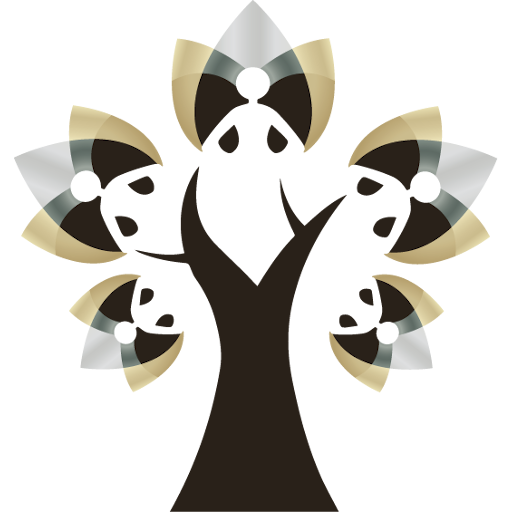

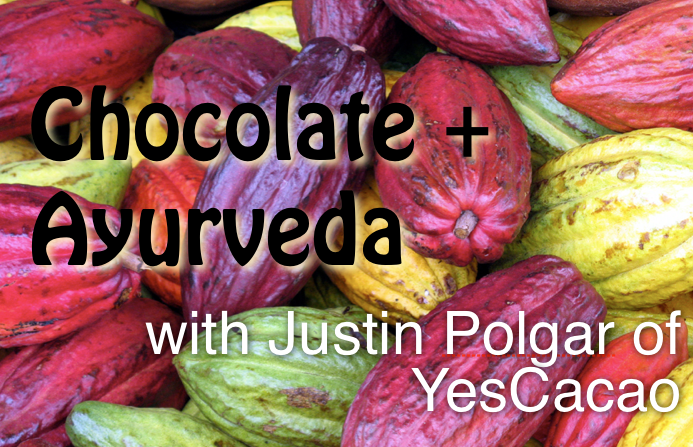







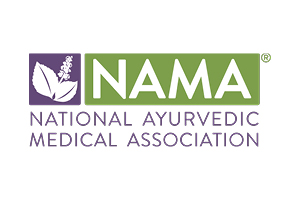

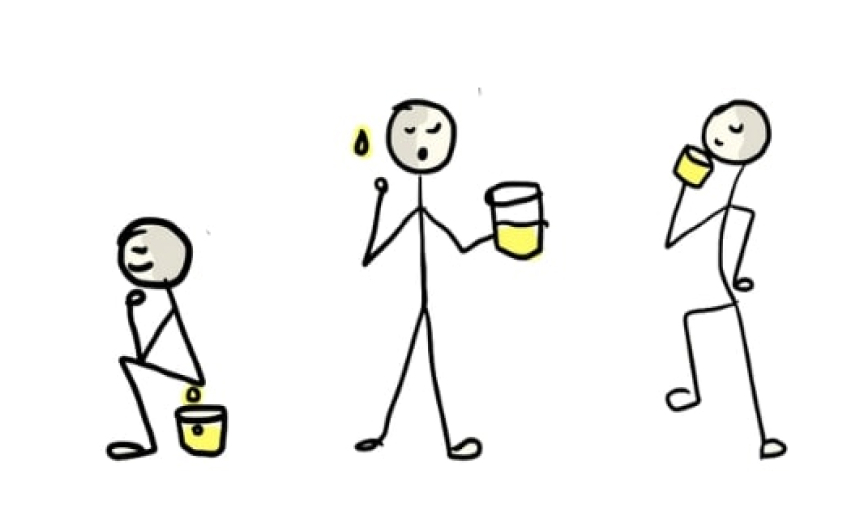
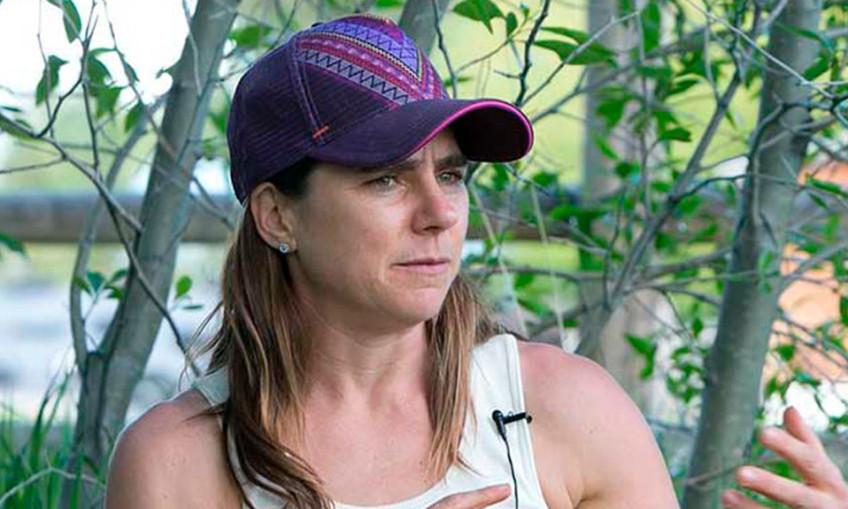
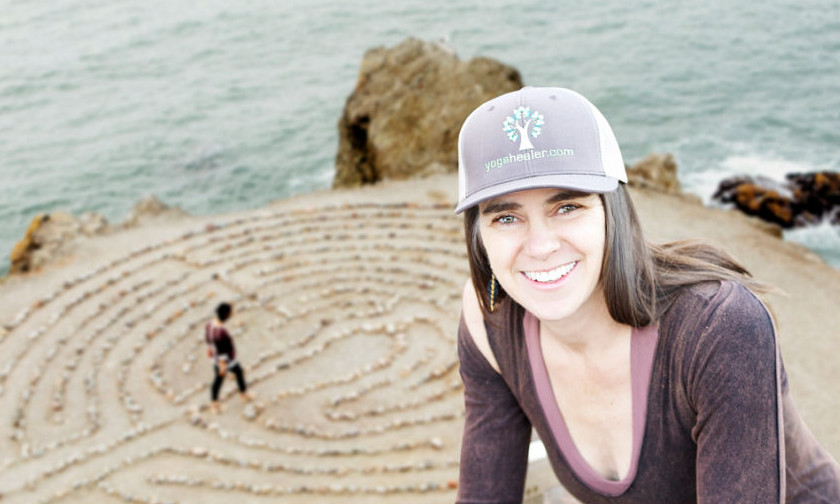
Comments
No comments yet, be the first to comment